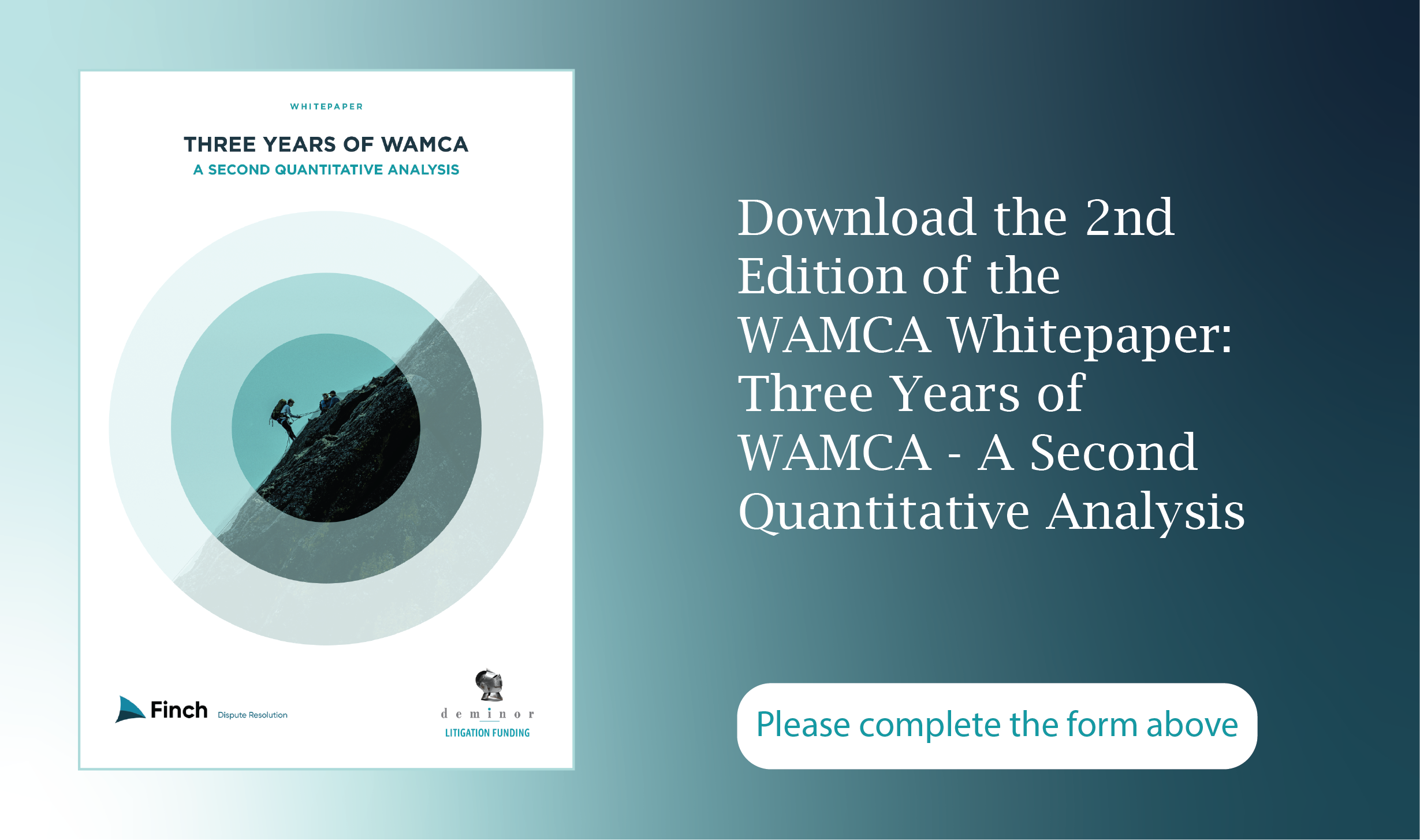What has the WAMCA brought us so far?
After three years it is time to take stock
Authored by Deminor General Counsel Netherlands Joeri Klein and Finch Dispute Resolution Partner, Koen Rutten, this new edition of the WAMCA Whitepaper extensively analyses the available data to uncover the real impact of WAMCA three years after the act’s passing.
The Dutch Collective Damages Act (“WAMCA”) has now been in existence for three years. Since January 1, 2020, this law has made it possible to claim damages in class actions in the Netherlands.
Last year’s quantitative analysis provided numerical insight into two years of litigation under the WAMCA. This new, second quantitative analysis compares developments with respect to the WAMCA in 2022 with those in 2020 and 2021.
In addition, this second quantitative analysis is significantly enriched with new additional data and findings.
- Were there more WAMCA proceedings initiated in 2022 compared to 2020 and 2021, or was there a decrease in filings?
- What is the average amount of time between the filing of WAMCA proceedings and a decision on the admissibility of the representative organization(s)? And what is the average time it takes to appoint the exclusive representative/lead plaintiff?
- What is the average duration of WAMCA proceedings?
- How often are damages claimed in WAMCA proceedings and for what amounts?
- How many claims have been granted or denied under the WAMCA to date?
- What type of WAMCA proceedings (securities, privacy, labor, et cetera) were filed in 2022 and against what kind of defendants? Was this in line with 2020 and 2021, or was there a shift?
- How many WAMCA proceedings are externally funded? Does litigation funding spur class actions under WAMCA
- What can be expected from the WAMCA in 2023?
These and other questions are answered by means of quantitative analysis. This quantitative analysis will be updated periodically, and future trends will be made visible once more data becomes available.

